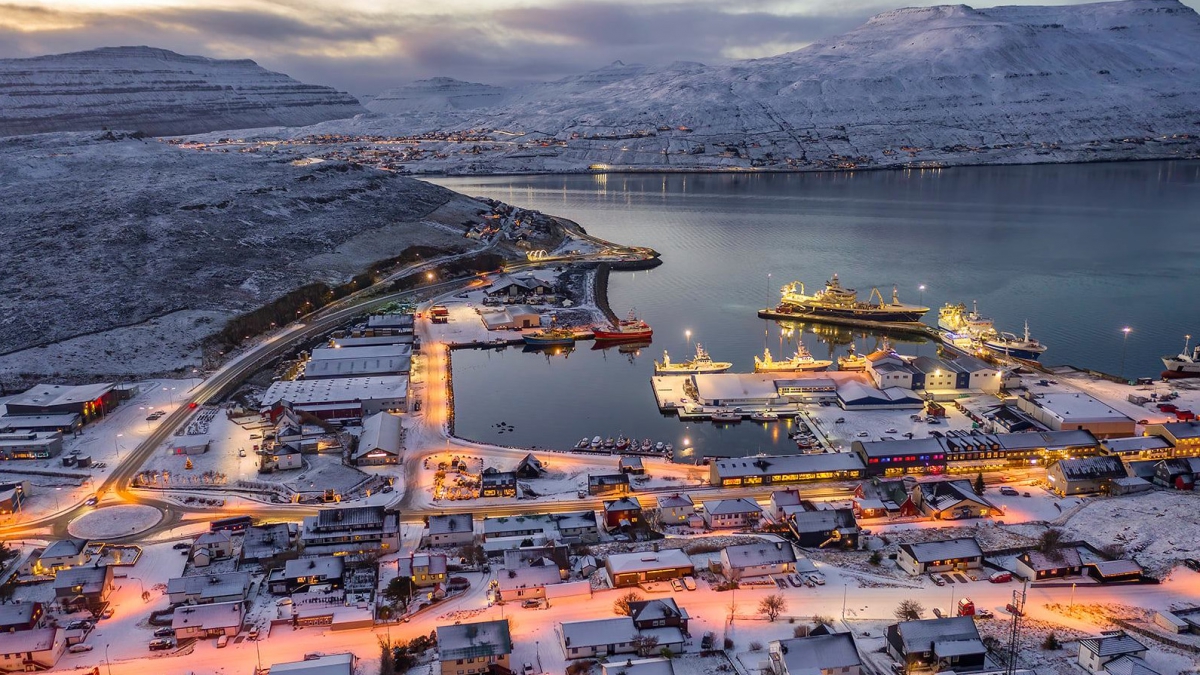Population
07. May 2021
Population was 53,223 on 1 April

The Faroese population has been on a steady increase since 2013. The population trend is determined by net migration figures and the excess of births over deaths. The past year has seen a slight drop in net migration, while the excess of births is continuing to grow.
[px-graph-3]
Migration
The immigration rate has increased, and the emigration has decreased rate in recent years. This trend has changed somewhat in the past year, with both rates dropping, the former slightly more than the latter, leaving a slightly lower net migration rate.
The solid lines in the graph below show the trend for immigration and emigration.
Excess of births
The excess of births over deaths has been on a steady increase in recent years. Although the total population has increased by approx. 5,000 people since 2014, the average monthly number of deaths has remained steady at about 30. The number of live births, on the other hand, has increased significantly over the same period, up to between 55 and 60 live births per month. Thus, the excess of births over deaths continues to give an increasing contribution to the total population.
The solid lines in the graph below show the trend in live births and deaths.
Munipalities
The population trend continues to vary across the 29 munipalities. The highest growth is seen in the largest municipalities, with Tórshavn, Klaksvík, Runavík, Eystur and Nes municipalities accounting for 79% of the total population growth.
Sandur and Skopun municipalities have enjoyed a relatively high population growth, seeing a 4% year-on-year increase, equivalent to 21 and 23 people, respectively.
Suðuroy is also seeing continued population growth. The two largest municipalities on the island, Tvøroyri and Vágur, have enjoyed the highest growth, with a combined year-on-year growth of 59 people.
The table below shows the population by municipality from April 2020 to April 2021.
[px-graph-1]
Population figures have a one-month lag
The figures have a one-month lag due to delays in registrations, especially regarding address changes, where many registrations are made after the month of address change has ended. To accommodate as many corrections as possible, there is a one-month lag in the data.
About the population figures
The population is defined as all individuals registered in the national register as residents of the Faroe Islands. Population data includes date of birth, gender, place of birth, citizenship, relationship status, and, where applicable, information on immigration and emigration, domestically as well as between the Faroe Islands and other nations.
About the trend
The trend describes the population trend by adjusting for seasonal effects and other error components in the population figure.